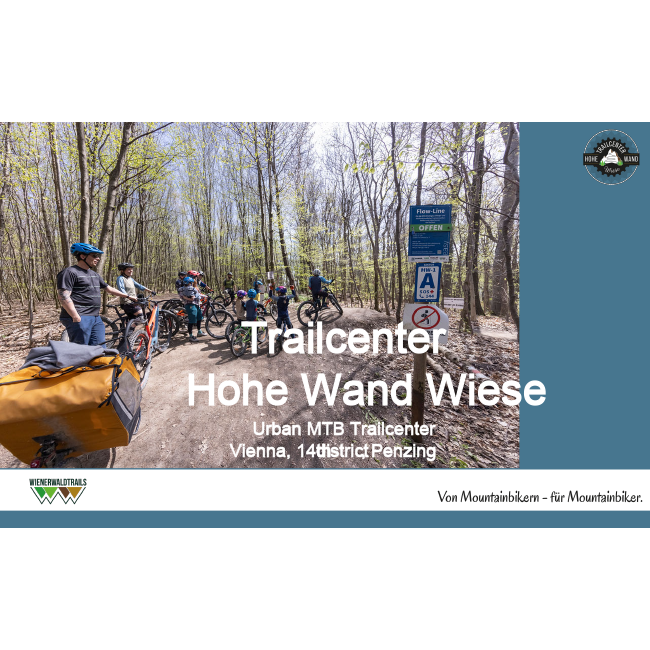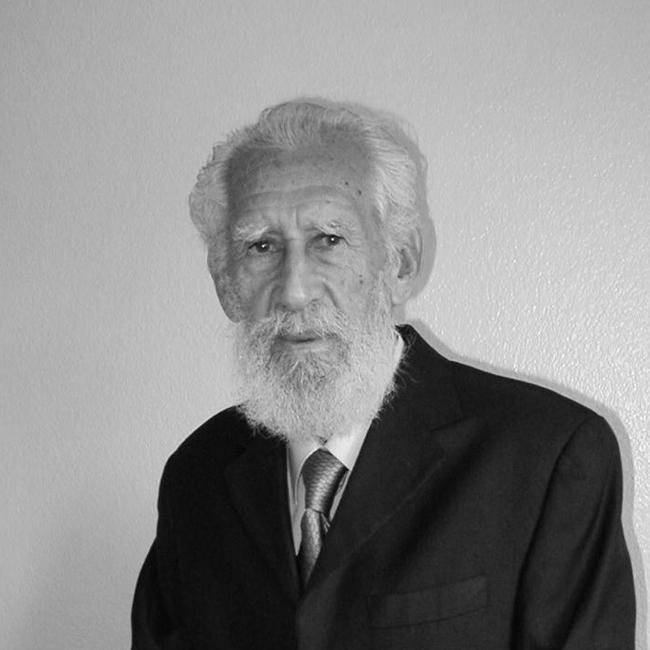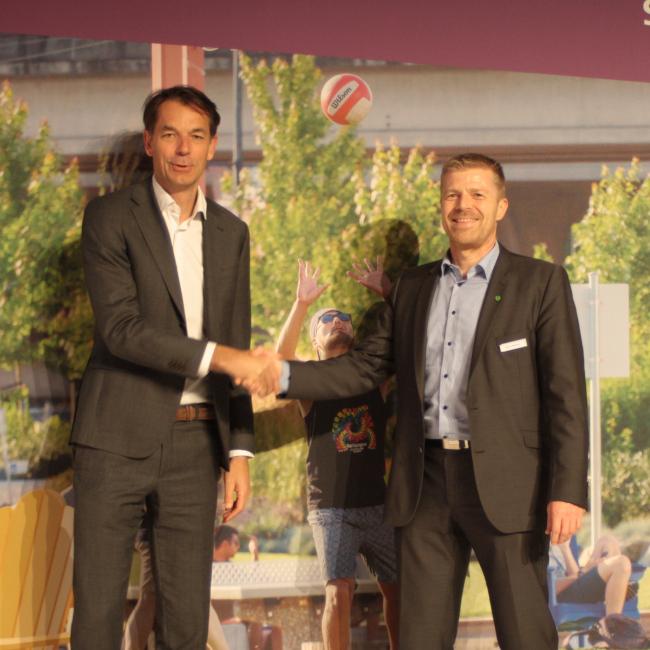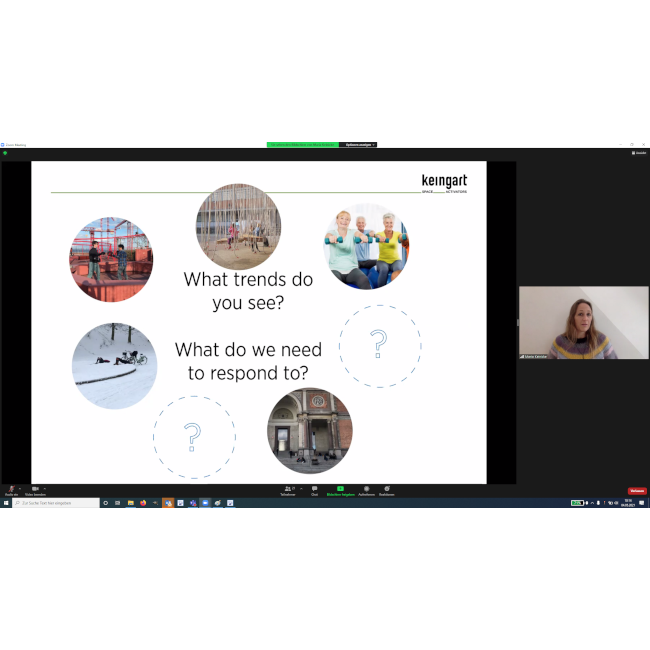At the second virtual meeting of the IAKS Expert Circle on Nature Activity Areas on 21 June 2021, the participants received practical first-hand information. Taking the example of the Vienna Woods trails west of the Austrian capital, Dipl.-Ing. Patrick Huber, CEO of the company operating the HoheWandWiese trail centre, explained how the former ski resort has changed into a popular destination for cyclists.
Due to their proximity to the city, the Vienna Woods are heavily frequented as a recreation area; cyclists use it for cross-country, downhill and enduro. This strong demand has necessitated controlled access in order to satisfy users and forest owners alike. A certain degree of infrastructure was already in place at the former ski resort that, owing to climate change, was seeking to offer new activities.
In 2014, the "Wienerwaldtrails" MTB club was founded, an initiative dedicated to the development and maintenance of a dynamic MTB trail network in the Vienna Woods. It cooperates with all stakeholders, including local communities, nature conservationists, tourism, landowners and forest owners. This has resulted in benefits all round from an early stage. Illegal activities have been discouraged and new MTB trails have been collectively created. In 2017, the HoheWandWiese MTB trail centre was opened.

Patrick's recommendations for successfully developing MTB trail centres
- Bringing all stakeholders to the table. Only by keeping the conversation going is it possible to reconcile so many and diverse interests.
- Huge interest on the part of the nearby capital and the surrounding area (tourism, leisure and recreational uses for the local population).
- Consultation with Österreichische Bundesforste as the sole landowner around the HoheWandWiese trail centre. Cooperation with one (or a few) contact(s) is easier than with many different property owners.
- Cooperation with influential partners. This helps to keep down the cost of hiring tools and machinery, for example. Trail construction company Schneestern has made its know-how and equipment available to the project. In return, they can train their own staff on site.
Funding:
- Crowd-funding
- Revenue from catering and the summer toboggan track
- At the commercially operated HoheWandWiese trail centre, users pay admission (for trail use, transport uphill).
- Bike school with affiliated bike shop
The expert circle discussed the extent to which a region can have an interest in the expansion of MTB trails, since mountain biking is becoming increasingly popular. Expansion helps to stimulate tourism and regional development. A coordinated approach discourages the creation of illegal trails and paths. The network of trails created is sensibly maintained and serviced; temporary closures during the winter months support the management of the natural environment.
As a further boost will come from electrically assisted mountain bikes that allow users to ride more or less any terrain cross-country, a planned approach is all the more necessary here.
The Nature Activity Areas expert circle plans to compile practical guidelines for regions that want to channel mountain biking onto structured paths. Ten IAKS members from four countries are currently participating in the expert circle – anyone interested is more than welcome!





